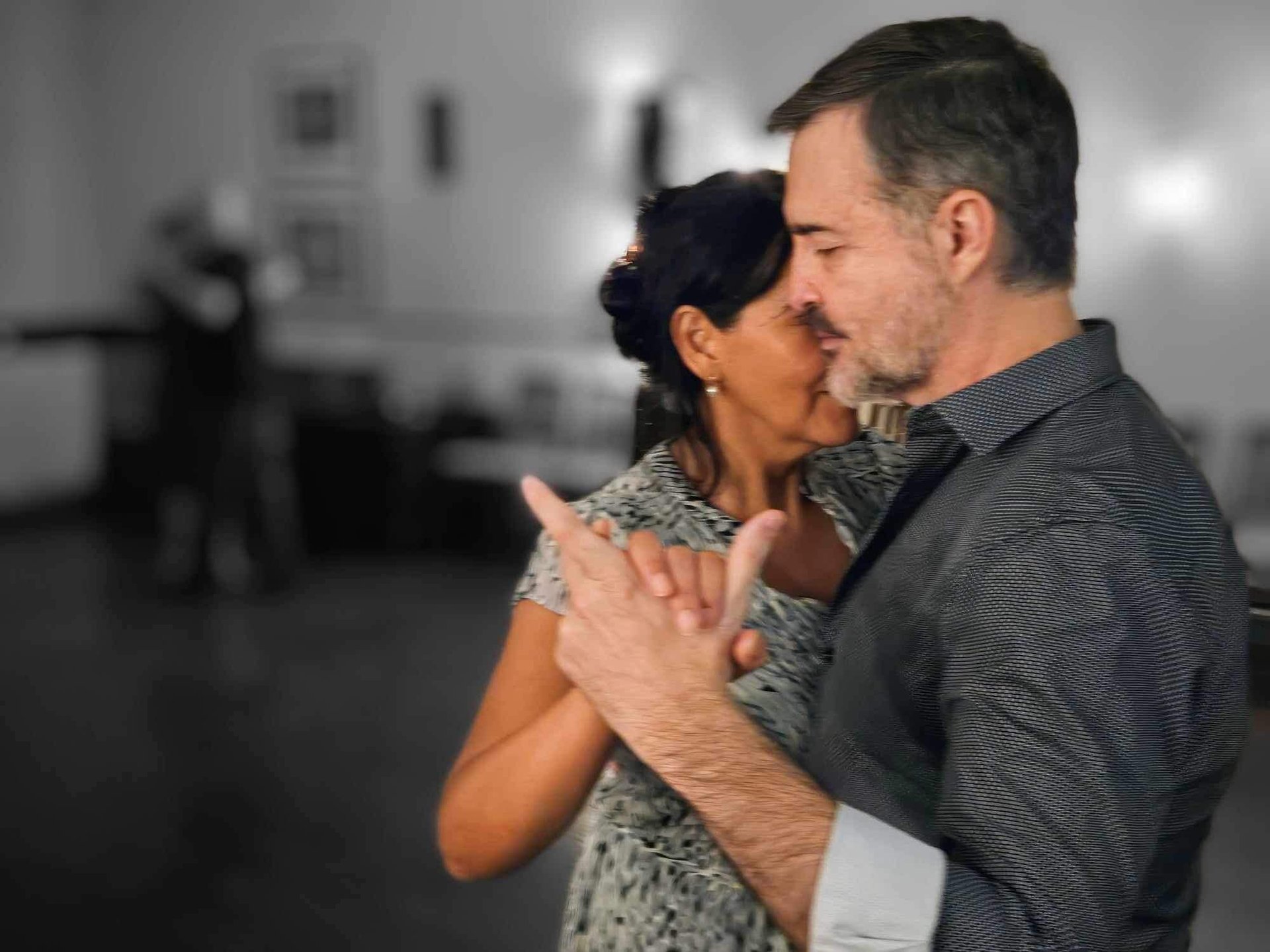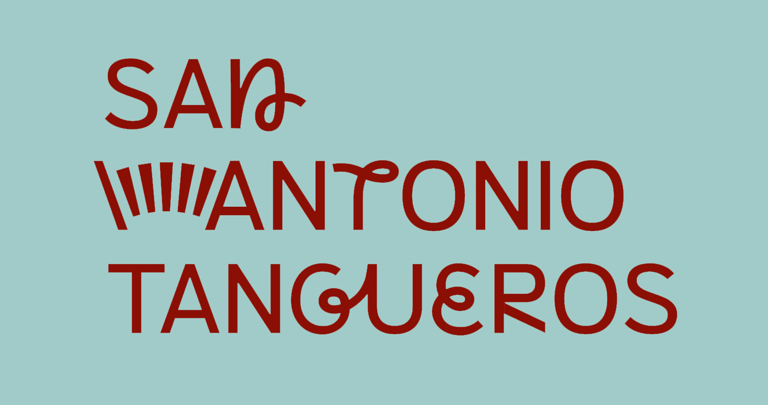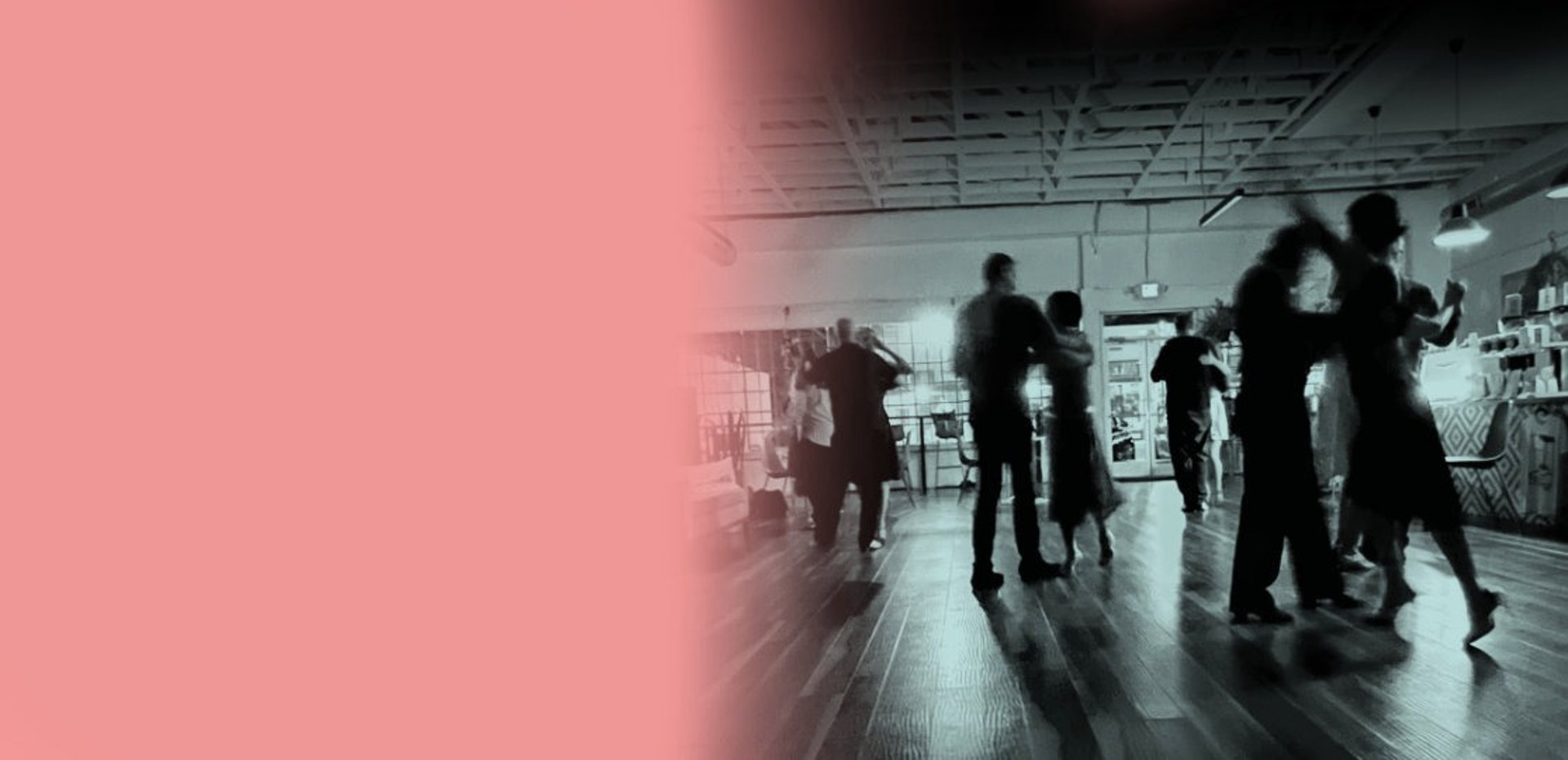
Milonga 101:
Know Before You Go
Your guide to feeling confident, connected,
and courteous on the tango floor
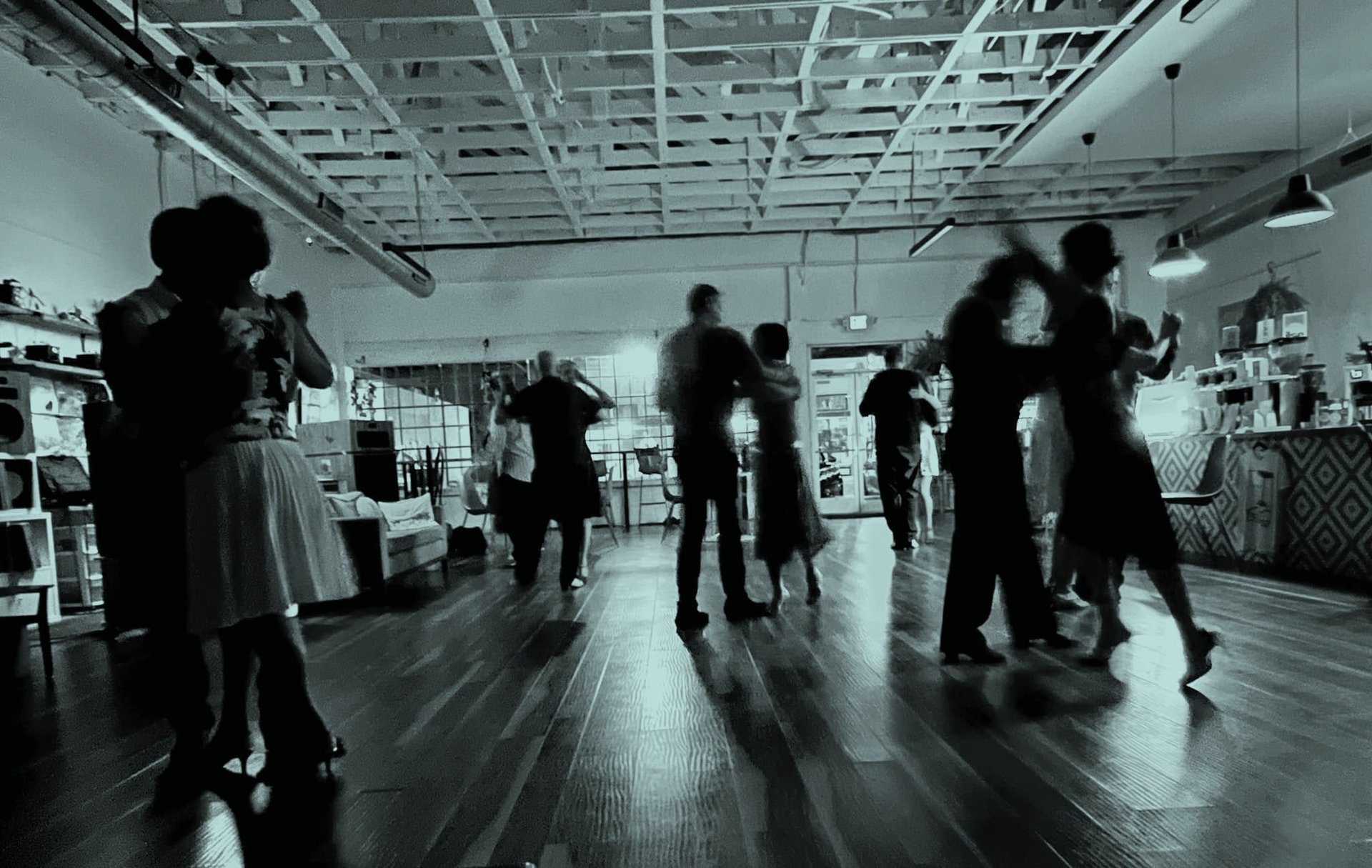
Milonga 101:
Know Before You Go
Your guide to feeling confident, connected,
and courteous on the tango floor
What Is a Milonga?
A milonga is a social dance event where Argentine tango is danced. Unlike a class or practica, the focus is not on instruction, but on connection, music, and enjoyment.
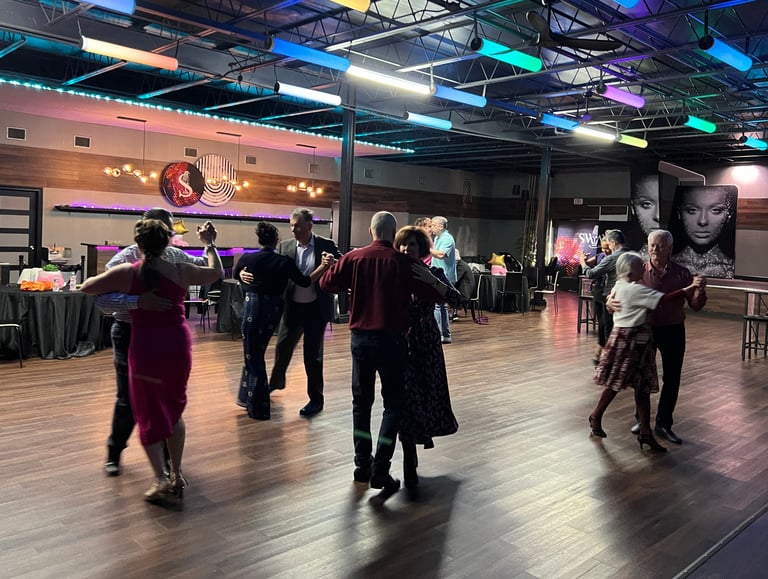

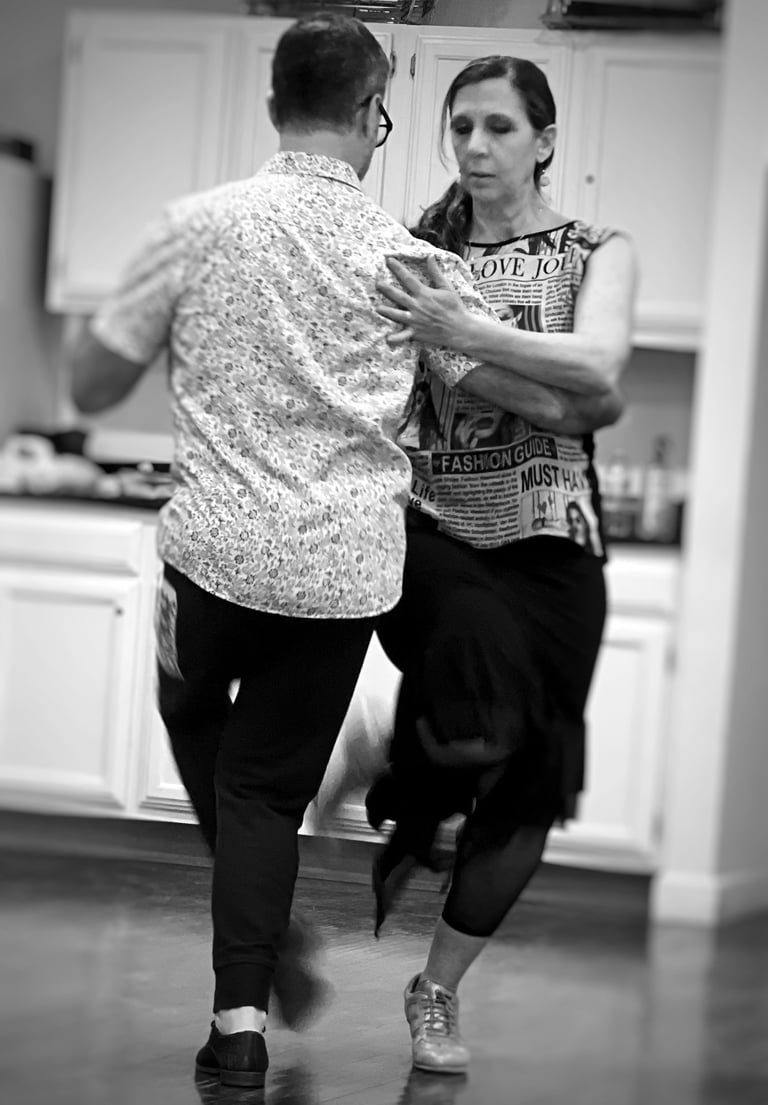

How Are Dances Structured?
Tango music at a milonga is typically organized in the following way:
Tandas
A tanda is a set of 3–4 songs of the same style, orchestra, and era (e.g., 4 tangos, 3 milongas, or 3 valses). You usually dance an entire tanda with the same partner.
Cortinas
A cortina (Spanish for "curtain") is a short non-tango musical interlude (often 30–60 seconds long) between tandas. This signals that the tanda is over and is your cue to clear the floor, thank your partner, and reset for the next dance.
The Cabaceo: How We Invite Partners to Dance
The cabaceo is a respectful, non-verbal way of inviting someone to dance using eye contact and a nod. If the invitation is accepted, both dancers meet on the floor. If not, no one is put on the spot.
You can always say "no thank you" to a dance—verbally or by looking away—and it’s okay!
Accepting a cabaceo usually means agreeing to dance the whole tanda, so be mindful when accepting or inviting.
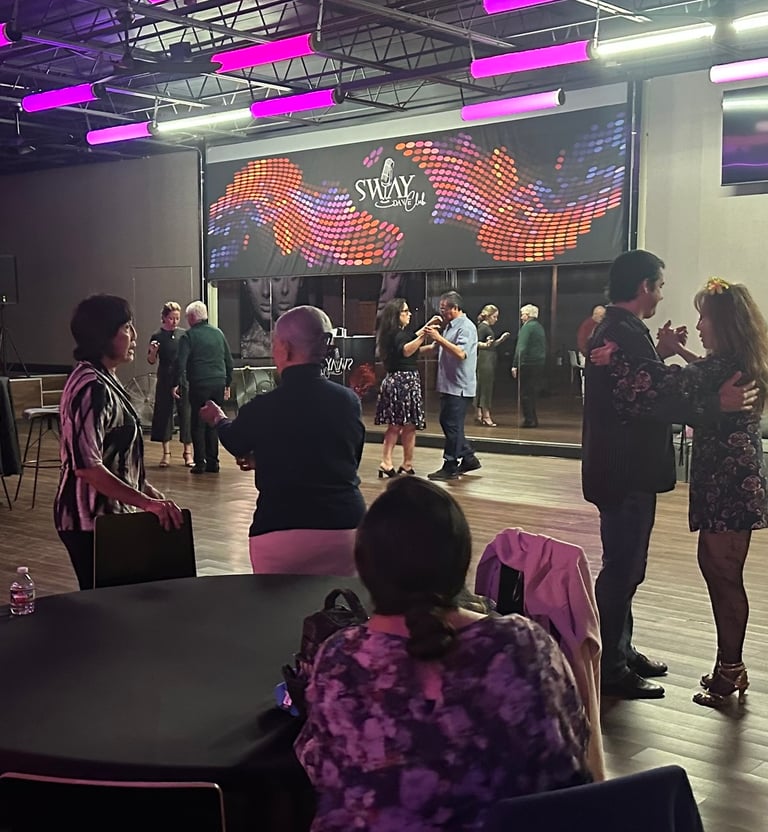

The Ronda: How We Navigate the Floor
The ronda is the circular flow of dancers moving counterclockwise around the floor, like cars in a roundabout.
Leaders should maintain good spacing and avoid weaving between lanes or stopping suddenly.
Followers help by being aware of their back steps, and both roles stay attentive to others.
Enter the floor with care—make eye contact with the leader in the ronda to signal your intention to merge in.
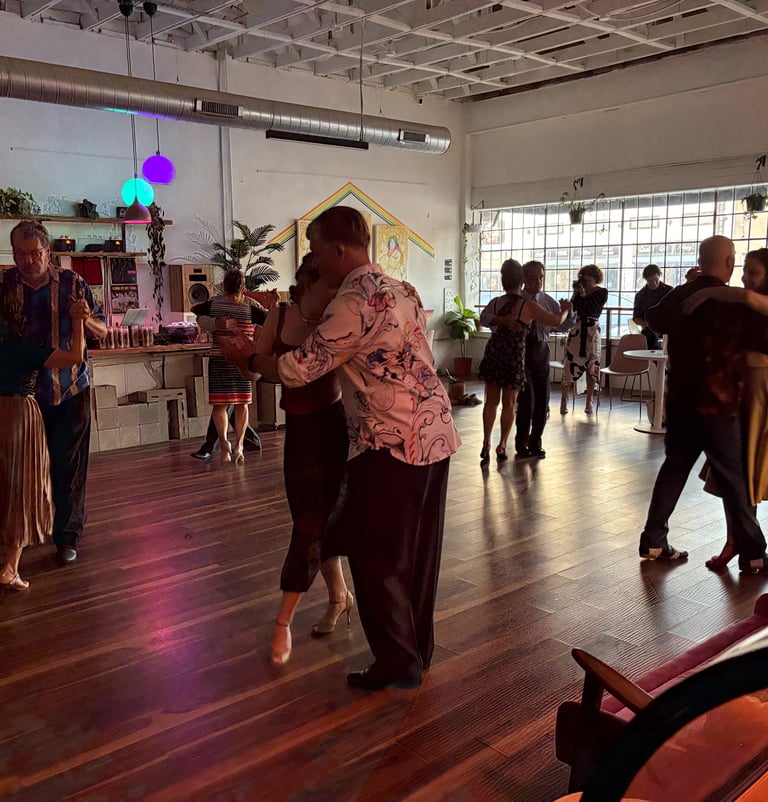

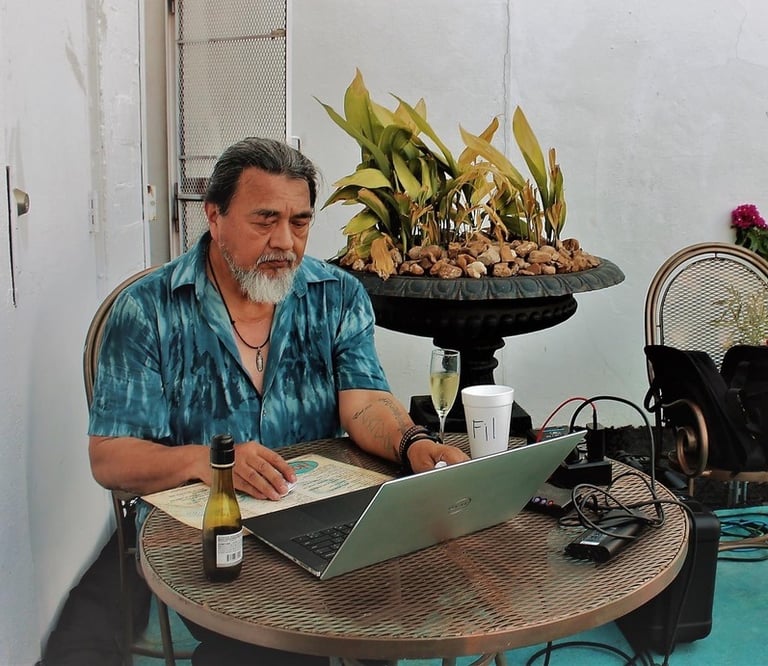

What Music Will I Hear?
You’ll mostly hear Golden Age tango orchestras from the 1930s–1950s
(like D’Arienzo, Di Sarli, Troilo, or Pugliese), with occasional tandas of milonga
(faster, rhythmic) or vals (waltz-like). Sometimes, DJs include nuevo or alternative tandas depending on the event.

General Etiquette & Courtesies
Grooming & Hygiene
Tango is close! Clean clothes, fresh breath, and deodorant go a long way.
Be Present and Attentive
Tango is about connection. Put your phone away, listen to the music, and tune in to your partner.
No Teaching on the Social Floor
Even if well-intentioned, giving feedback during a milonga can break the magic. Save it for the practica unless asked.
Respect Boundaries
Every dancer has different preferences for embrace, closeness, and style. Start neutral and adjust together.
Switching Roles
We welcome role fluidity! Just communicate clearly if you're inviting someone to lead or follow.
FAQ
Q: Do I have to stay for the whole event?
A: Not at all! Come for as long as you like, and take breaks as needed.
Q: What should I wear?
A: Clean, comfortable clothes you can move in. Some dancers dress up more for the evening—others don’t. Shoes should pivot well and stay secure on your feet.
Q: Can I sit with anyone?
A: Yes! Seating is usually open, but be mindful of people's space and use the cabaceo if you’re inviting someone from across the room.
Q: I'm nervous. Is that normal?
A: Absolutely. Every dancer was new once. The tango community is here to welcome you—just take it tanda by tanda.
Most of All: Enjoy Yourself!
Tango is about connection, not perfection. Stay kind and curious and the milonga will welcome you with open arms.
